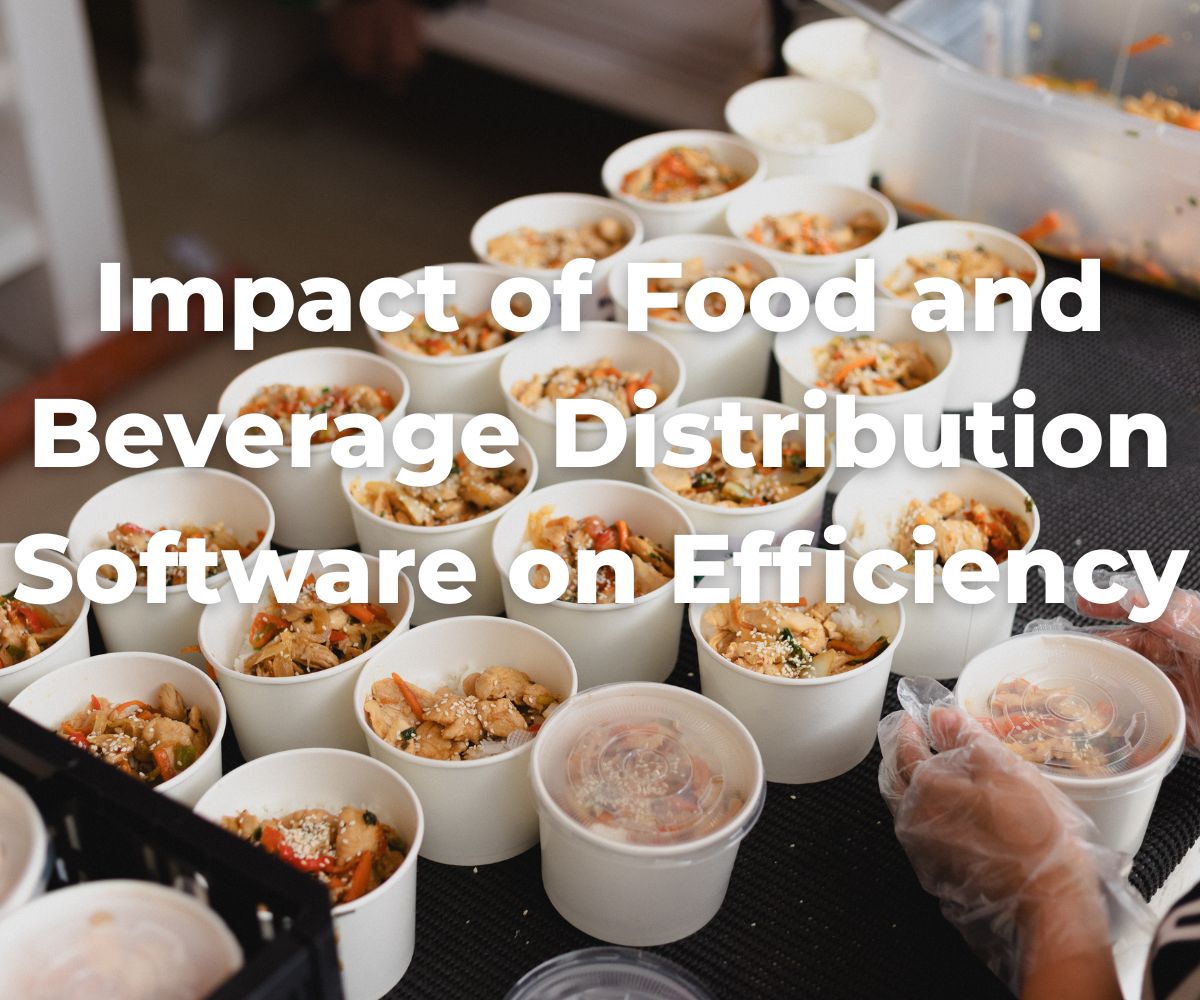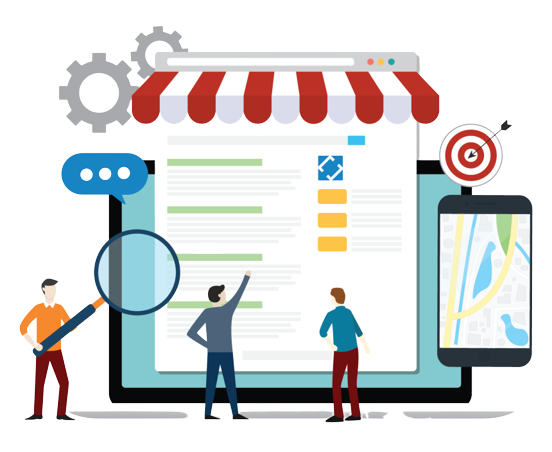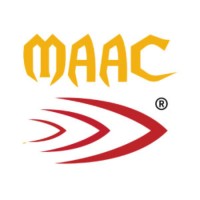impact of food and beverage distribution software on efficiency
Description
Streamlining Operations: The Impact of Food & Beverage Distribution Software on Efficiency
Distribution software presents transformative potential, which allows businesses to optimize various aspects of their operations from inventory management to order fulfillment. Marrying innovation with practical needs, these solutions deliver tangible benefits that reverberate across the supply chain.
Continue reading to learn more about how software is redefining the standards of efficiency in food and beverage distribution.
The Role of Food & Beverage Distribution Software in Modern Supply Chains
The advent of specialized software has ushered in a new era of supply chain management for the food and beverage industry.
Gone are the days of cumbersome manual processes; in their stead, integrated systems facilitate streamlined workflows and enhanced oversight. By offering a centralized platform for data, such software ensures critical information is accessible and actionable.
Moreover, these systems support compliance with industry regulations, which is paramount in the food sector. Traceability features enable businesses to track products through every stage, from sourcing to customer delivery. This granularity not only mitigates risk but also improves response times in the event of a recall or audit requirement.
Customer expectations are also evolving, and wholesale distribution software empowers businesses to meet these demands with precision.
By harmonizing sales channels, inventory levels, and delivery schedules, distributors can provide enhanced service levels. This responsiveness is also important for handling the volatility of food and beverage demand, ensuring adaptability to market changes.
Lastly, distribution software sets the stage for advanced analytics. Decision-makers can glean insights by analyzing performance data, enabling optimizations tailored to the unique dynamics of the industry. This can lead to more informed strategic planning and resource allocation, paving the way for sustainable business growth.
Improving Inventory Management Through Real-Time Data Analysis
One of the most critical aspects of distribution is maintaining the right inventory balance. Software solutions offer real-time visibility into stock levels, which is key to preventing overstocking or stockouts.
By predicting demand through historical data analysis, distributors can maintain optimal inventory levels, leading to reduced waste and better cash flow management.
Furthermore, real-time tracking empowers businesses to respond swiftly to fluctuating demand. Automated reordering systems ensure that popular items are replenished promptly, which is especially critical in the food and beverage sector where products may have a limited shelf life. This agility helps maintain customer satisfaction and loyalty.
Scalability in inventory management is another advantage of leveraging software. As businesses grow, managing an increasing number of products across numerous locations becomes a complex task. Distribution software can scale with the company, accommodating new inventory without disrupting the existing operational flow.
Automating Order Processing: A Key Benefit of Distribution Software
Order processing is a linchpin in the distribution sequence, and automating this process can yield considerable efficiency gains. By minimizing the need for manual entry, distribution software reduces the chance of errors and speeds up the entire order-to-cash cycle.
As a result, customers receive their products faster and with fewer mistakes, improving overall satisfaction.
The automation of order processing extends to customer relationship management. By maintaining a database of customer preferences and histories, software can facilitate tailored up-selling and cross-selling opportunities. In a sector driven by customer experience, these nuanced details can make a significant difference.
Integration with other systems adds another layer of efficiency. For example, connecting order processing software with accounting systems ensures that invoicing and financial reporting are accurate and up to date. Through these connections, all departments work in unison, eliminating bottlenecks and redundant tasks.
Integrating Logistics and Delivery Scheduling for Seamless Operations
Logistics is a complex endeavor in the distribution sector, and software solutions are critical in orchestrating this complexity.
Through integrating logistics and delivery scheduling, distributors can achieve seamless operations that maximize efficiency. This integration enables the optimization of delivery routes, reducing fuel costs and improving delivery times.
Coordination between warehouses and transportation assets is also improved through such software. With the ability to track vehicles and inventory simultaneously, issues such as delays or rerouting can be handled proactively.
The upshot is a more responsive and resilient supply chain, less prone to the ripple effects of disruptions.
Advancements in distribution software have also introduced predictive analytics, allowing managers to anticipate and prepare for peak delivery periods. This foresight guarantees that staffing and resources are allocated effectively, which is crucial for maintaining service levels during high-demand intervals.
The impact of food and beverage distribution software on efficiency is undeniable. Overall, the strategic implementation of these technologies is not merely an operational upgrade; it's a fundamental step toward building a resilient and future-proofed distribution business.
Similar blog
how to host the perfect birthday bash at hmd bar and grill





















